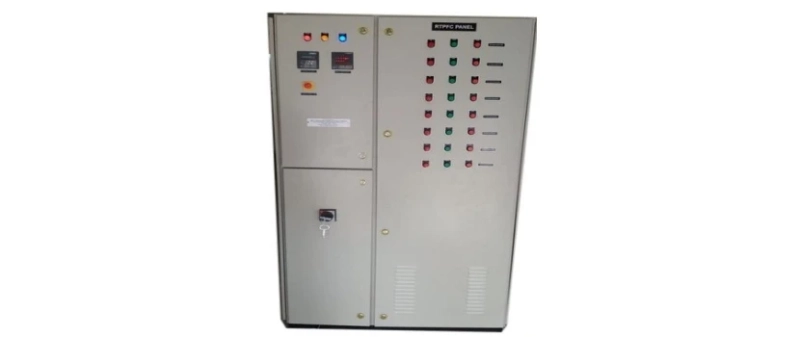Advantages Of Power Factor Correction
Many advantages can be obtained by automatic power factor correction systems. This includes lowered demand charges on the energy grid and improved load handling capacities ...


Many advantages can be obtained by automatic power factor correction systems. This includes lowered demand charges on the energy grid and improved load handling capacities ...

